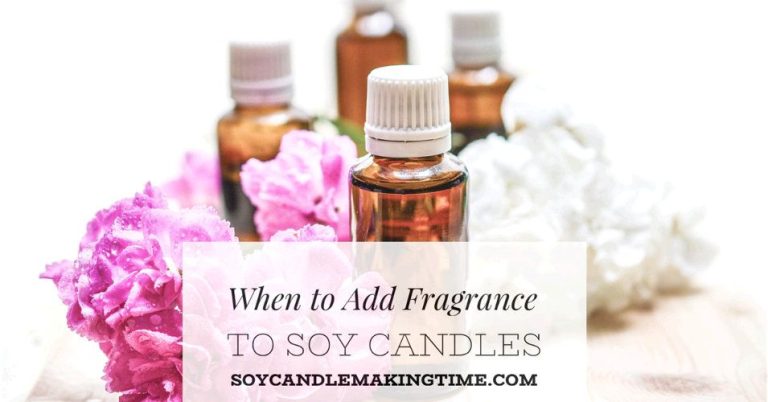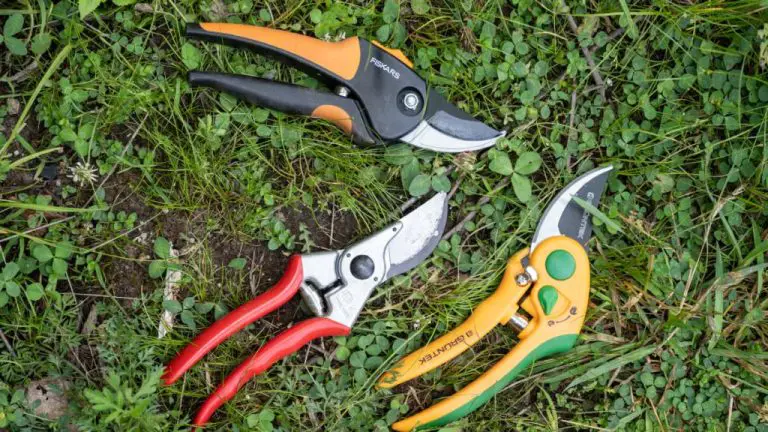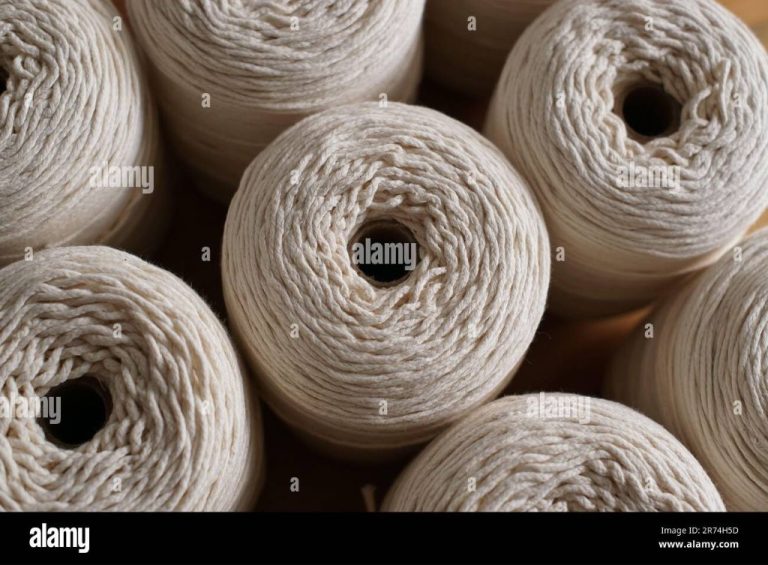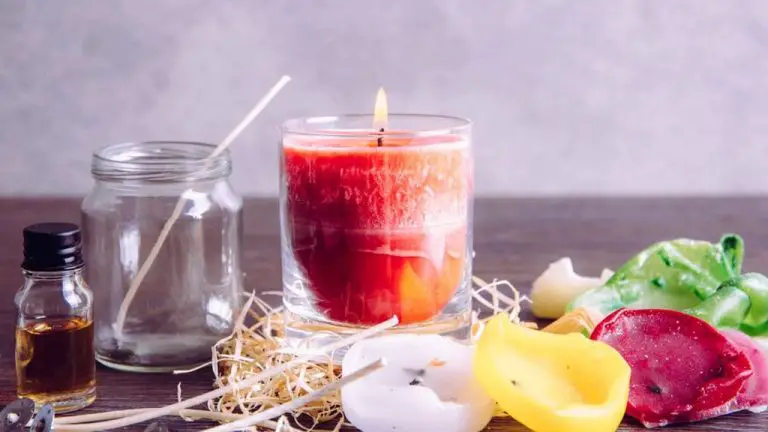Is It Safe To Put Flower Petals In A Candle?
The Appeal of Adding Flower Petals to Candles
Many people enjoy adding flower petals to candles for aesthetic appeal. The pop of color from flower petals can beautifully decorate an otherwise plain candle. Flower petals add a personal, creative touch to homemade or store-bought candles. Customizing candles with personal touches using flowers from one’s own garden or florist can make a candle into a meaningful, decorative piece. The scattered flower petals become immersed in the wax as the candle burns down, creating an ever-changing decoration.
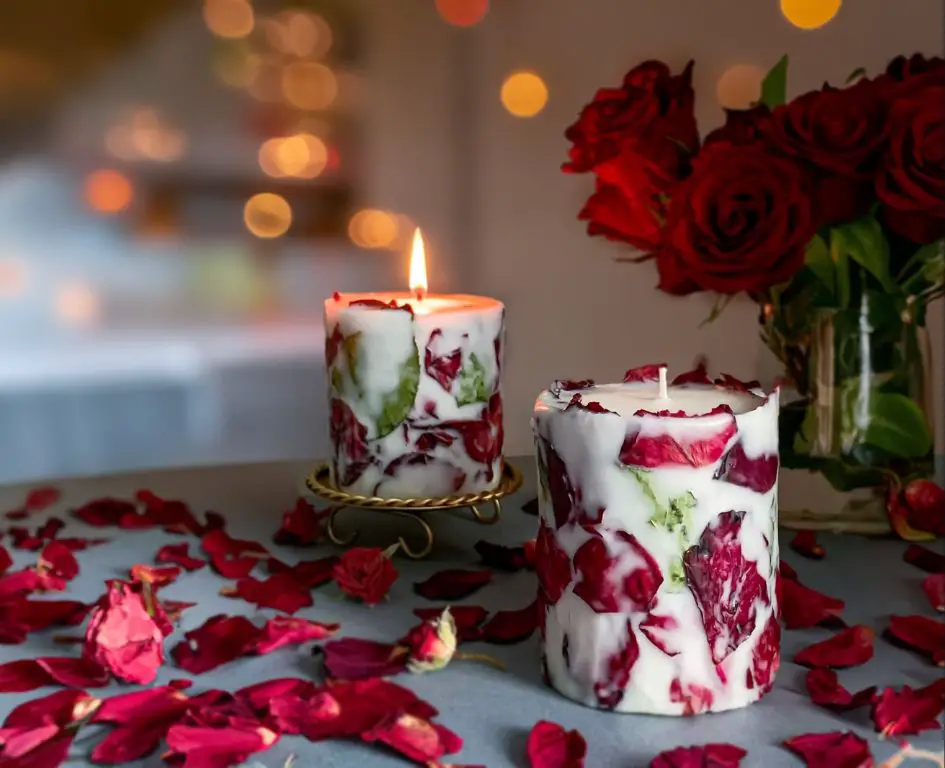
Flowers like roses, lavender, sunflowers, chamomile, hibiscus, and chrysanthemums are commonly used for their fragrance, color, or personal significance. The flower varieties allow for creative freedom when designing candle decor. Floating flowers in clear gel candles has become a popular decorative candle style. Flower petals can also be pressed into wax before it hardens to permanently adhere them. The visual interest of flowers in candles makes them great gifts or the focal point of special occasion centerpieces. With endless flower types to choose from, flower petals allow for unique, customizable candle decor.
Potential Fire Hazards
Adding dried flowers or petals to candles does introduce some potential fire hazards that should be considered. The main concern is that dried botanicals can be highly flammable, especially flowers, leaves, and petals which tend to be thin and delicate.
If petals or flowers are placed too close to the candle flame or in the wax pool, the radiant heat can cause them to ignite quite easily. This poses a risk of flare-ups or the candle burning out of control if the petals catch fire. Dried materials may burn quickly and accelerate the rate at which the candle consumes wax and burns (source).
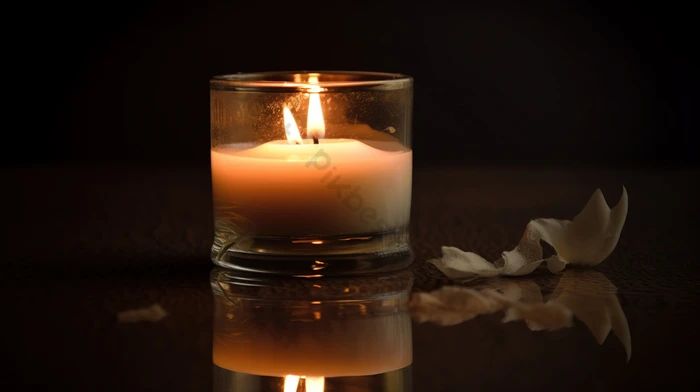
To minimize risks, flowers should be carefully arranged at a safe distance from the flame, avoiding direct contact with melted wax if possible. The candle should always be burned within sight, never left unattended with botanicals inside. It’s safest to place dried flowers around the outside of the container rather than directly in the wax (source). With proper precautions, the fire risk is low, but should still be considered.
Impact on Candle Fragrance
Flower petals can enhance or alter candle scents when added directly to the wax or placed on top of candles. The natural oils and fragrances from certain flower varieties will infuse into the wax as the candle burns, blending with the existing fragrance oil. Roses, lavender, jasmine and gardenias are examples of fragrant flowers that can provide pleasing accent scents.
However, some flowers like lilacs, magnolias and honeysuckle have very strong scents that may overwhelm lighter candle fragrances. The powerful perfumes from these flowers can end up being the dominant smell, making the intended candle scent barely detectable. Gardeners often describe lilac scent as intoxicating. If the flower’s fragrance is significantly stronger than the candle’s designed fragrance, it’s best not to combine them.
To avoid radically altering your candle’s intended scent, test a sample first before using flower petals throughout. Compare how the candle smells with and without petals added to determine compatibility and optimal infusion levels.
Effect on Candle Burn Time
Adding flower petals to candles can impact how quickly and evenly they burn. The petals may fall into the melted wax pool and clog the wick as the candle burns, disrupting the capillary action that draws wax up through the wick. This can cause the flame to dim or go out completely until the wick is cleared (Rose Petals Candle 7oz).
Larger flower petals like rose petals can also cause problems by covering too much of the melted wax pool. This reduces the surface area of melted wax exposed to the flame, which slows down the rate of melting and shortens the burn time. Too many petals could drastically reduce how long the candle burns before all the wax is used up (Forever).
To avoid issues, it’s best to use only a small number of smaller, lightweight petals that won’t obstruct the melted wax pool or wick as the candle burns. Properly trimming wicks can also help mitigate clogging problems.
Choosing Appropriate Flowers

When selecting flowers to put in candles, it’s important to choose petals that are safe and will provide a pleasant fragrance when burned. According to gardentherapy.ca, some of the best flowers to use include:
- Lavender buds or pressed lavender flowers – These provide a lovely light floral aroma.
- Rosemary – Rosemary has a fresh, herbaceous scent that blends well with floral notes.
- Calendula – The petals infuse a warm, spicy scent.
- Rose petals – Classic rose petals give candles a timeless romantic fragrance.
It’s best to avoid using petals from flowers like lilies, daffodils, azaleas and rhododendrons as these contain toxins that can be released if burned. Additionally, flowers like carnations, chrysanthemums and marigolds don’t have a strong fragrance so they are not ideal for scenting candles.
Placement of Petals on Candles
When adding flower petals to candles, placement is an important consideration for both visual appeal and safety. According to Gardener Therapy, “Only use dried flowers for your candles. Anything fresh will retain moisture and won’t dry nicely surrounded by the wax.”
For maximum visual impact, arrange petals attractively around the top of the candle. Clustering petals together in small groups creates an eye-catching effect. Larger petals can be placed individually for a more spread out and natural look. Avoid overcrowding petals, as too many petals close together increase the fire risk.
According to Hello Nest, “Put 1-2 cups of wax flakes (if using soy wax for the center, melt that one now) in a Pyrex measuring cup and place it in the center of a small slow cooker on low. Add dried flower petals around the outside of the wax.” This demonstrates a safe technique for placing petals around the outer edge of the candle wax, keeping them away from direct contact with the flame.
As a safety precaution, keep dried petals at least 1 inch from the candle wick. Petals placed too close can ignite, creating flare ups and potential hazards. Also avoid piling petals above the top of the candle, as excess petals increase the fire risk.
When to Add Flower Petals
It’s important to add flower petals at the right time to maximize safety and fragrance dispersal. The best time to add petals is before lighting the candle, when the wax has cooled and solidified. Adding petals to melted wax can be dangerous, as the petals may ignite when you light the wick. Letting the wax fully cool and harden allows petals to adhere properly without risk of catching fire.
Some people opt to sprinkle petals on top of an already burning candle, but this is not recommended. The petals could ignite, creating a fire hazard. It’s safer to blow out the candle, let it cool, and then gently press petals into the wax. Light the candle again once petals are firmly set in place. Rushing the process creates unnecessary risk.
For optimal fragrance, add petals before the first lighting when wax is still liquid. As the candle burns, the heat will help release the flower’s aroma. Petals mixed directly into wax while molten will also provide more fragrance than petals only sprinkled on top. Just remember to wait until wax has fully hardened again before lighting.
Proper timing is crucial. Allowing adequate cooling time keeps the candle safest while positioning petals in melted wax infuses more scent. Add flower petals with care before lighting for beautiful, fragrant, hazard-free results.
Cleaning Candles with Petals
When it’s time to clean up candles that have flower petals, it’s important to allow the melted wax to completely harden before attempting to remove the petals. This ensures the wax has fully set and makes cleaning easier. Trying to remove petals from soft or partially melted wax can damage the candle and leave wax residue behind.
Once the candle wax is completely hard, gently pick off any loose petals by hand. For petals that are stuck in the wax, carefully peel them away using your fingers. Avoid using sharp tools to scrape at the wax surface as this can cause scratches and damage. If any petals won’t come free with light pulling, try softening the wax again with a hairdryer or heat gun on the lowest setting. This melts the outer wax layer just enough to loosen the petals for easy removal.
For stubborn, embedded petals, pour boiling water over just the petal to melt the surrounding wax, according to Gardener’s Path. Then use tweezers to gently lift the softened petal out. Take care not to pour boiling water over the entire candle, as this can damage the overall wax structure.
When finished removing all petals, wipe away any wax residue left behind using a soft dry cloth. Avoid cleaning solutions like soap and water that can leave unwanted scents behind. Now the candle is clean and ready to be burned and enjoyed petal-free.
Source: https://gardentherapy.ca/how-to-safely-make-flower-candles/
Storing Candles with Petals
When storing candles that have flower petals, special care should be taken to preserve the candle’s burn life and fragrance. According to BHG, candles stored uncovered can lose their scent over time. Likewise, exposure to light and heat can also diminish the candle’s fragrance. Therefore, it’s recommended to store petal candles in a cool, dark place inside a sealed container. Glass jars with tight-fitting lids or resealable plastic bags are ideal for preventing fragrance loss.
For candles with flower petals encased or embedded directly in the wax, the petals should remain intact with proper storage. However, leaving a burning candle unattended with loose petals on top can be a potential fire hazard. The wax pool can reach the petals causing them to ignite if the flame is too close. According to WikiHow, it’s safest to extinguish candles before covering them or putting them away. Allow the wax pool to fully harden before moving or storing the candle. This helps prevent spills and retains the candle’s shape. When reheating the candle, carefully remove any remaining loose petals on the surface before relighting.
Safety Tips When Using Flower Petals in Candles
When using dried flower petals in candles, it’s important to keep safety in mind. Here are some key takeaways:
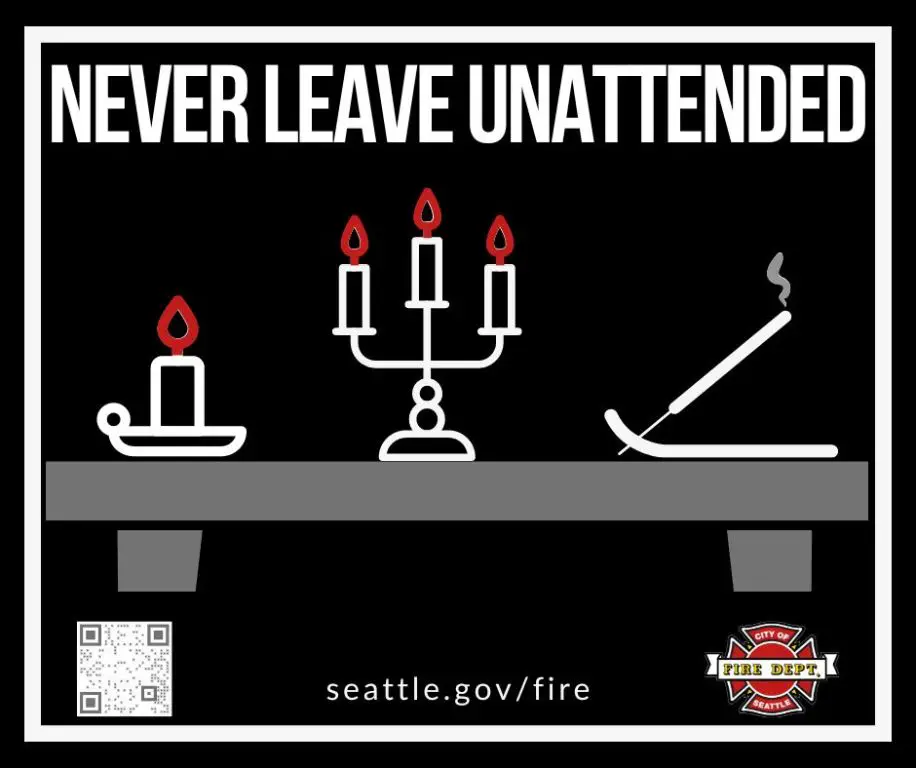
Only use completely dried, non-oily flower petals. Fresh or damp petals can cause dangerous sputtering (according to https://suffolkcandles.co.uk/blogs/candles/is-it-safe-to-put-dried-flowers-in-candles).
Avoid overcrowding the candle with too many petals, as this can increase the fire risk. Scatter sparingly and evenly (per https://gardentherapy.ca/how-to-safely-make-flower-candles/).
Always trim wicks to 1⁄4 inch before lighting to prevent dangerous flare-ups.
Never leave a burning candle unattended. Supervise at all times.
Keep burning candles away from flammable objects and out of reach of children and pets.
Consider getting professional help if making large, complex floral candle designs. Proper wick size, vessel, and petal placement is crucial for safety.
With careful preparation and safe practices, dried flower petals can be a beautiful addition to candles. But fire hazards need awareness.



